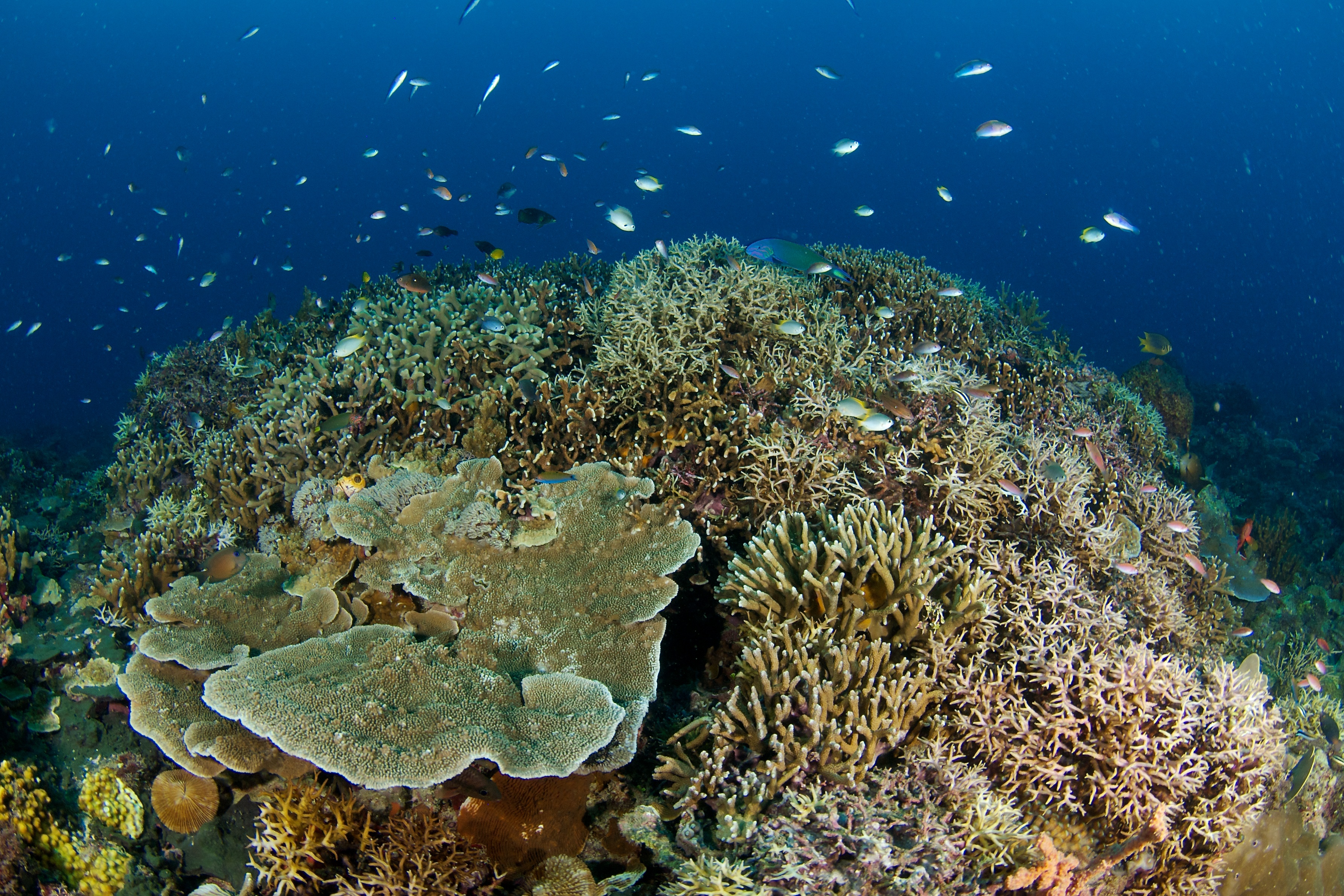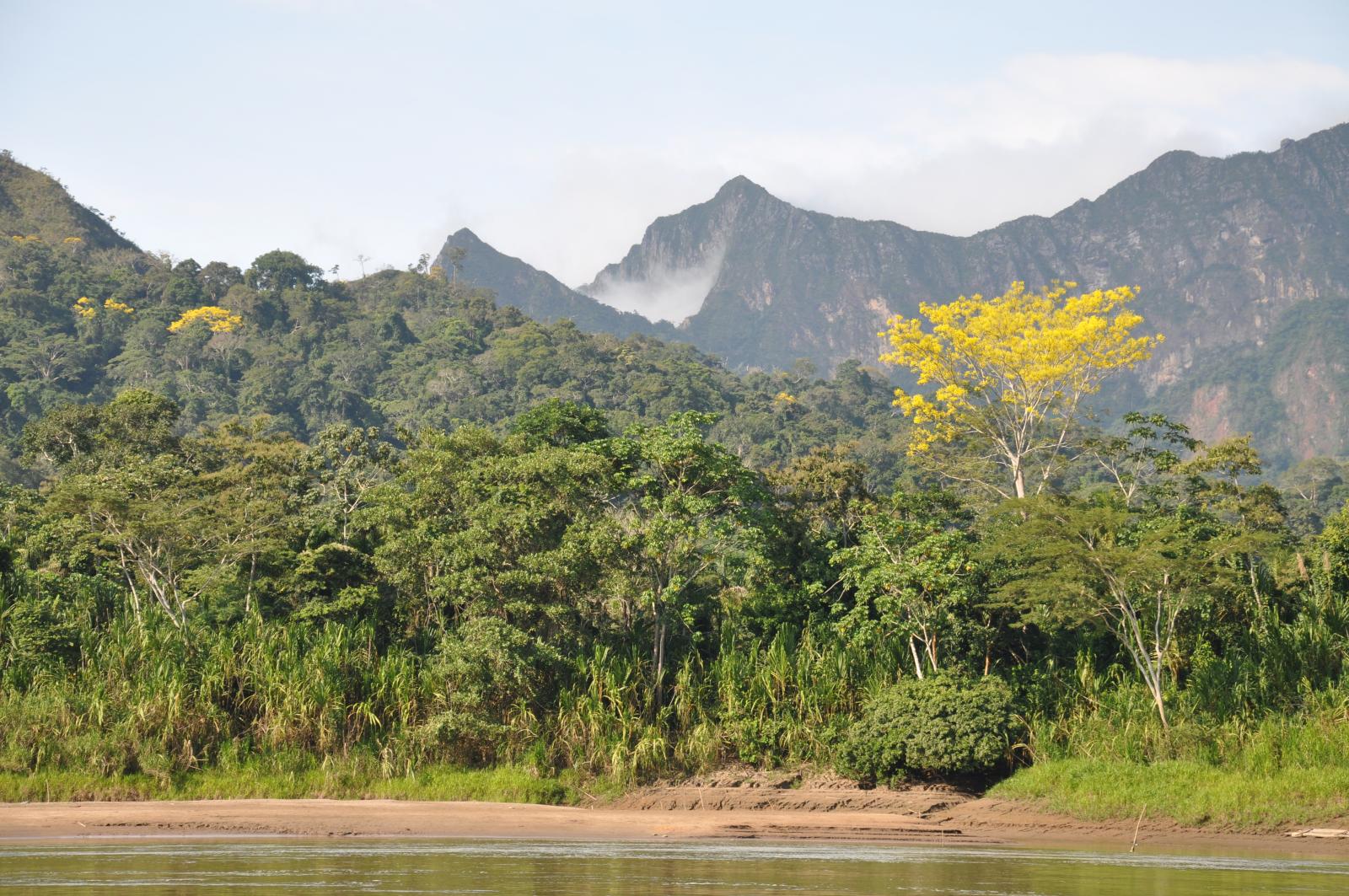Losing Ground: Protected Areas
Download Report 下载简体中文译本A new study, released at COP28 in Dubai, spotlights fossil fuel expansion threats to protected areas around the globe and calls for a global moratorium on all fossil fuel development and expansion — as well as a phase-down of current fossil fuel infrastructure — in the world’s protected areas.
- At least 918 protected areas globally host ongoing or planned fossil fuel extraction projects, with a total of 2337 active or proposed oil, gas, and coal projects within these areas.
- Projects in protected areas are set to extract over 50.8 Gt of CO emissions from oil, gas, and coal reserves. This surpasses the combined annual emissions of the US and China and could be avoided if fossil fuel extraction in protected areas ceased.
- In the Congo basin, 45 protected areas, and 38% of their total extent is overlapped by planned oil and gas blocks.
- In the Western Amazon, 26 protected areas and 12% of their total extent is covered by oil and gas blocks (4% at the level of the entire Amazon).
- In Southeast Asia, an estimated 361 protected areas or 21% of their combined extent is covered by oil and gas blocks.
This report examines ongoing exploitation and threats of further fossil fuel extraction within protected areas, emphasizing what is at stake if we do not take immediate action to halt the exploitation of resources within their borders. Despite the clear contradiction to the conservation mission of these protected areas, ongoing fossil fuel extraction is rife and oil and gas blocks in protected areas are up for auction each year, bringing threats of future extractive activities.

Activist Donald Moncayo Jimenez chief coordinator of the Union of People Affected by Texaco (UDAPT) showing oil from open pits that still contaminate the forest and waterways in the Ecuadorian Amazon, Sucumbíos Province.
Image credit: Tyson Miller
To better understand the scale of these threats, this report describes current and planned extraction around the world, with particular attention to the future threats in the pantropics, focusing on protected areas in the Amazon, Congo basin, and Southeast Asia, given their high biodiversity values and critical contributions of their ecosystems to carbon sequestration and storage.

Underwater marine life in Tun Mustapha Park. Image Credit: WWF Malaysia/Eric Madeja via USAID Asia Flickr (CC BY-NC 4.0 DEED)
Global temperatures and biodiversity loss are on track to surpass critical thresholds. Reducing and eventually eliminating fossil fuel use will reduce greenhouse gas emissions, and halting fossil fuel projects within protected areas will contribute to both climate and biodiversity conservation goals. Recognizing these critical issues and taking decisive action against fossil fuel extraction is a critical step in avoiding farreaching consequences for biodiversity, climate stability, and human well-being.

Petroleum spill mixed with other chemical substances on sea and sand surface in Samet Island, Thailand. Image credit: Arun Roisri via Getty Imaages
The report features a number of case study areas, including Madidi National Park in the Bolivian Amazon, where oil expansion is widely opposed by Indigenous peoples who live within the park boundaries and are already facing pollution from seismic testing.

Madidi National Park. Image credit: Joe Lazarus via Flickr (CC BY-NC-ND 4.0)
Virunga National Park in the DRC and Murchison Falls National Park in Uganda are also among others highlighted — with active drill pads under construction today and imminently threatening the waters of Lake Albert and the Upper Nile river.
%20(1)%20(1).jpg)
Oil drilling in Murchison National Park. Image credit: Courtesy of Stuart Spray
In Southeast Asia, Cambodia is striking as nearly 72% of the domain under protected areas overlaps with oil and gas blocks. Malaysia’s marine protected area Tun Mustapha is featured for having 100% overlap with oil and gas blocks.


.jpg?auto=compress%2Cformat)
